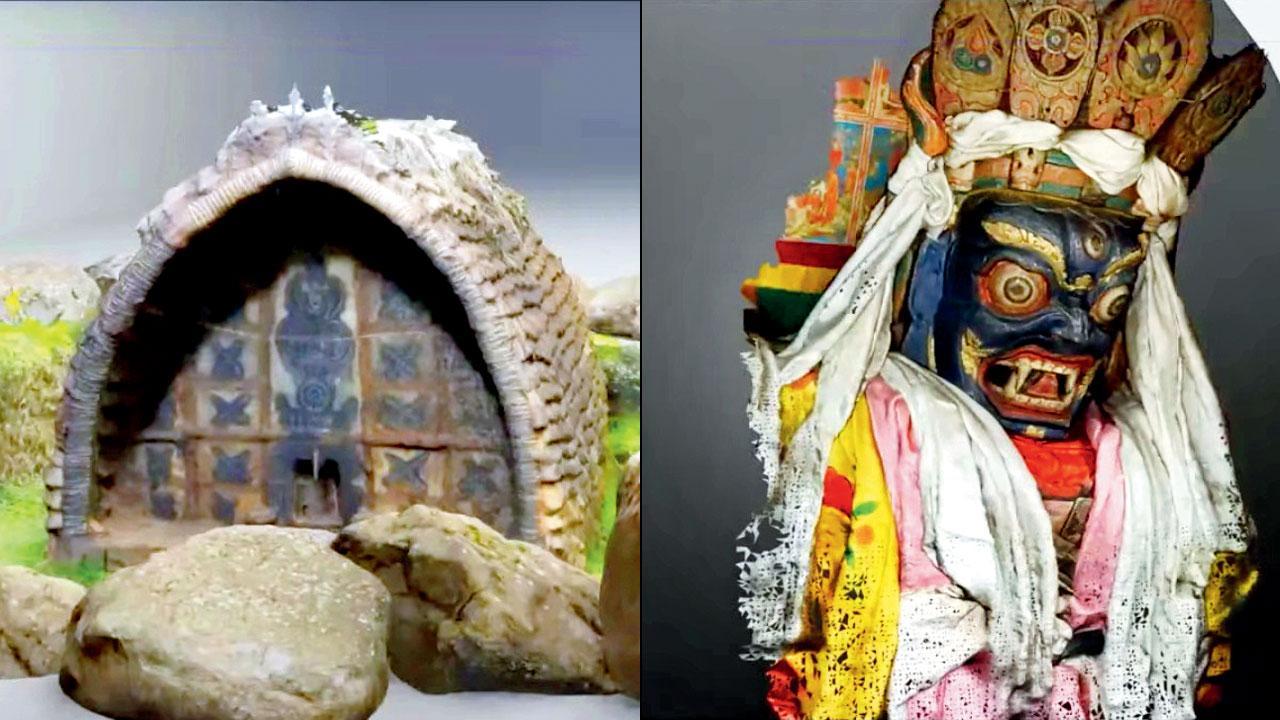The pilot edition saw participation from as many as 242 teams, studying in class VII to IX, from various parts of the country as well as from neighbouring nations, like Bhutan

A 3D model of Toda temple; (right) statue of Buddhist deity Lmaho Ekajati
Even as the pandemic made all of us stay indoors, it allowed for people to explore the artists within them through virtual means. In April this year, IIT Bombay’s e-Yantra, a robotics outreach programme started in 2020, had announced a virtual museum competition. The pilot edition saw participation from as many as 242 teams, studying in class VII to IX, from various parts of the country as well as from neighbouring nations, like Bhutan.
ADVERTISEMENT
Over the course of seven weeks, they learnt designing 3D model of historical artefacts, writing research documents and developing a compelling narration. Towards the end, they competed to develop a virtual museum, integrating history, technology and the art of storytelling.
The result announced on Saturday saw winners in several categories: Gunjan Kochar, a student of Kendriya Vidyalaya, IIT Powai, won Best Narration for her 3D model of the Ambarnath temple. Dwaarakesh V L, a student from Holy Innocents School and Junior College, Tamil Nadu, won Most Innovative Design for creating a 3D model of the Toda temple.
The show, however, was stolen by Bhutan, which saw seven teams from The Royal Academy registering a win in various categories. A team of four girls won Most Consistent Team for creating a 3D model of Bhutanese warrior Pazap’s Armor. Another team of three students won Most Dramatic Exhibit for their 3D model of the statue of Buddhist deity Lmaho Ekajati and a painting of Buddhist cosmology.
 Subscribe today by clicking the link and stay updated with the latest news!" Click here!
Subscribe today by clicking the link and stay updated with the latest news!" Click here!







